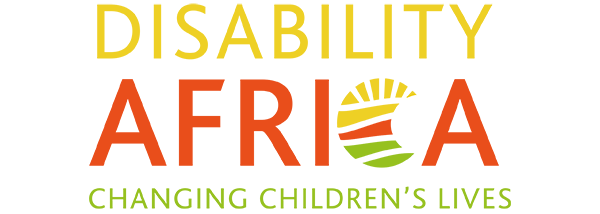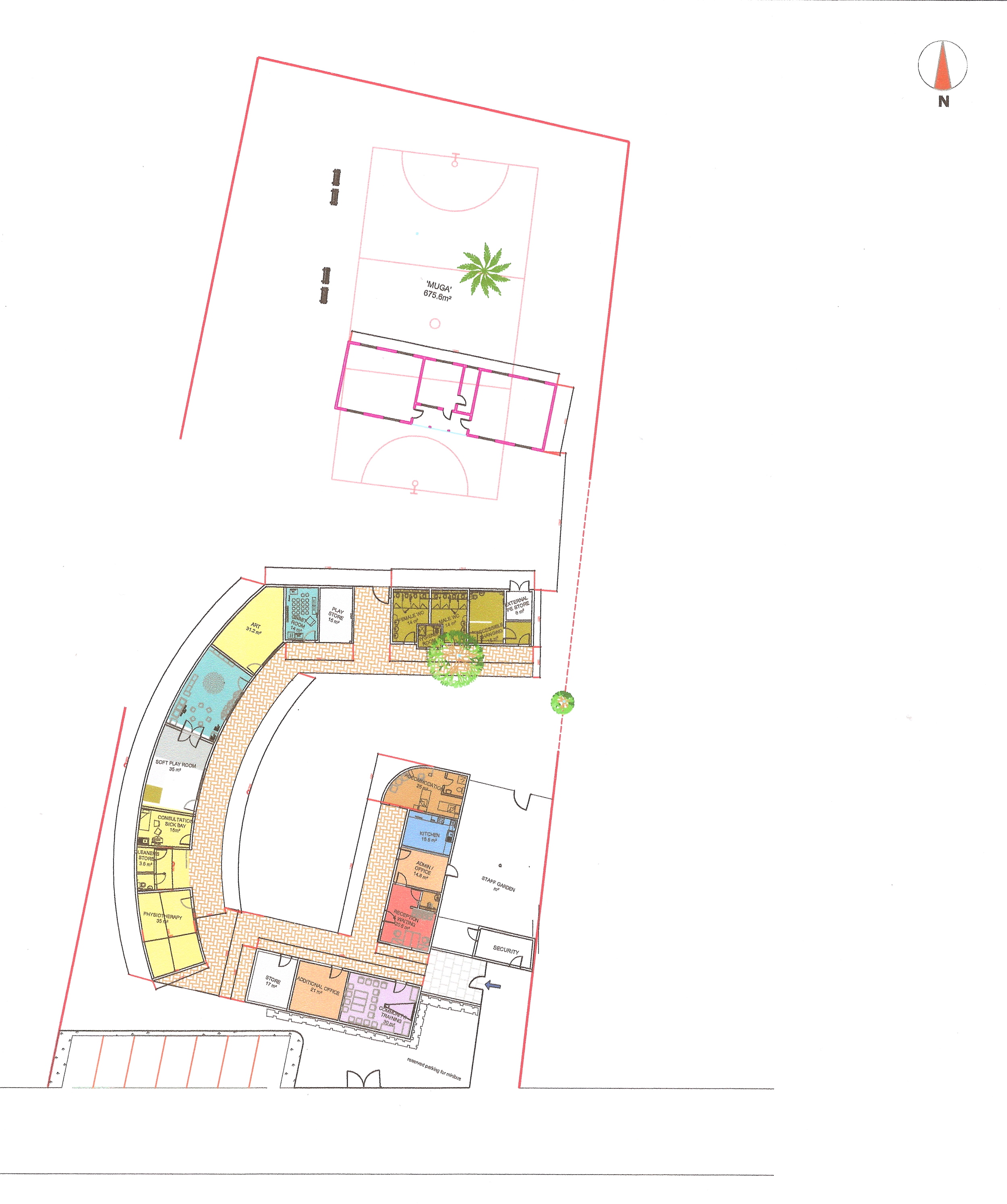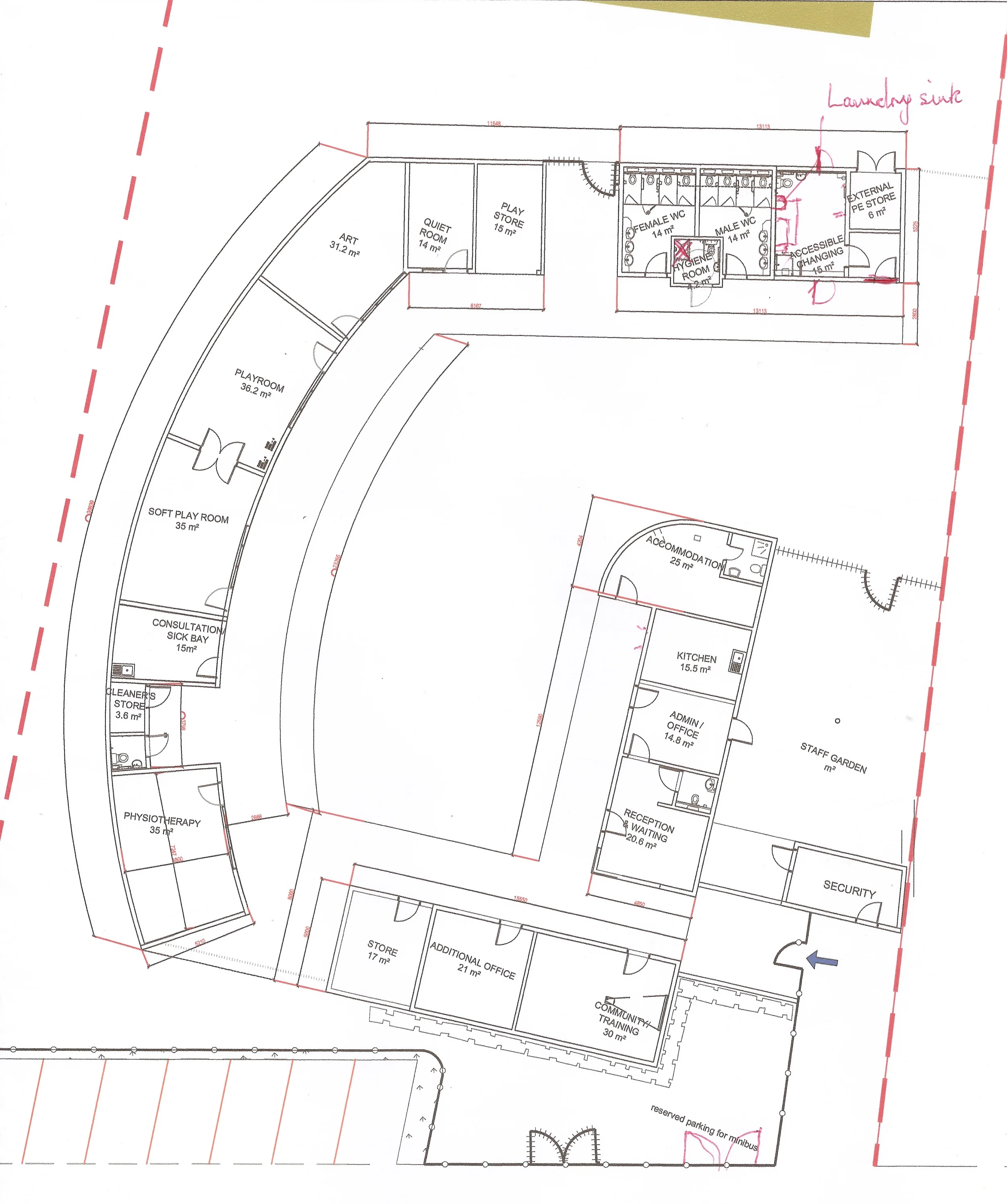The Gunjur Inclusion Project is on track for it's busiest year to date.Our Medical Support Programme continues to grow - We have an ever growing number of children who require medical treatment related to aspects of their impairment.
Here is just one reason why the number of disabled children in African countries is so high: Consider these x-rays . . .
These two x-rays are of the same small girl's left leg but taken two years apart. She apparently received this injury when she was 3 years old - x-rays were taken but no treatment was available. She is now 5 and has just started coming to our playscheme. She is one of three childrenwe have found with fractured legs which have been untreated for a number of years. We will need significant resources for our medical support programme (each operation for these children will cost approximately £500). There is no doubt, that this will become a major aspect of our work and we are planning to recruit a full-time Medical Support Co-ordinator to manage this.
"Finding 500" is a major new programme which we plan to launch in late March this year. We are attempting to engage the local community to help us find at least 500 disabled children over the next three years. A major aspect of this engagement is obviously to raise awareness within the community of the needs and rights of disabled young people. We will be doing this by working with four key target groups, presenting talks, dramas and even puppet shows to raise awareness of the needs of disabled children and to encourage families to bring them out of hiding to seek support. Our target groups are; the Elders of the community, schools (we expect the majority of the work to focus in local schools), women's groups, and the local radio station.
We have hired Anchu Jarr and Lamin Colley (pictured left and centre), two disabled trainers based at the Gambian Federation for the Disabled to help us with this project. A range of key messages has been devised and Anchu and Lamin will draft text for a range of presentations which they will deliver to our target groups over the next three years.
. . .
Gunjur Inclusion Centre During a very successful field trip in January 2014, we had three meetings with the entire construction team (architect, contractor, structural engineer, QS and mechanical/electrical engineer). These meetings were to discuss the final details of the project i.e. finishes, lighting, door and window specifications etc. This has allowed the architect to finalise the details of the plans.
A number of new rooms have been added to the original design – specifically two more offices, some simple accommodation for visiting staff/volunteers from UK and a ‘Soft Play Room’. The use of the space has also been ‘rationalised’ to bring adult training, consultation and therapeutic uses together towards the south of the site and all play and children’s areas concentrated to the north.
Until recently it was home to this chap . . .
. . . but is now acting as our materials and equipment store . . .
The detailed plan below gives a clearer indication of the layout and facilities to be provided . . .
The Soft Play Room is a late addition to the plan, since we have discovered that there is a foam factory in Banjul (capital of The Gambia) and there are tailors who specialise in working in heavy plastics. The room will be based on a simple design much like this one.We anticipate that this will be the first Soft Play Room built in The Gambia, and as well as providing tremendous fun for the children, it will afford important therapeutic opportunities especially for physiotherapy.
So recent developments:
The land has been surveyed and block production started.
The building will be made from environmentally friendly ‘pressed earth’ blocks which use a minimal amount of cement which also makes them inexpensive. The blocks are glazed for an attractive and durable finish.
This team of guys can produce 2000 blocks a day ‘flat out’.
Of course, before a building can go up; it first has to go down – excavations for the foundations began on schedule in early March.
Completion is expected to be December 2014.
If you'd like to see how you can help our work, especially our Medical Support Programme, go here or BACK TO DISABILITY AFRICA HOME PAGE














